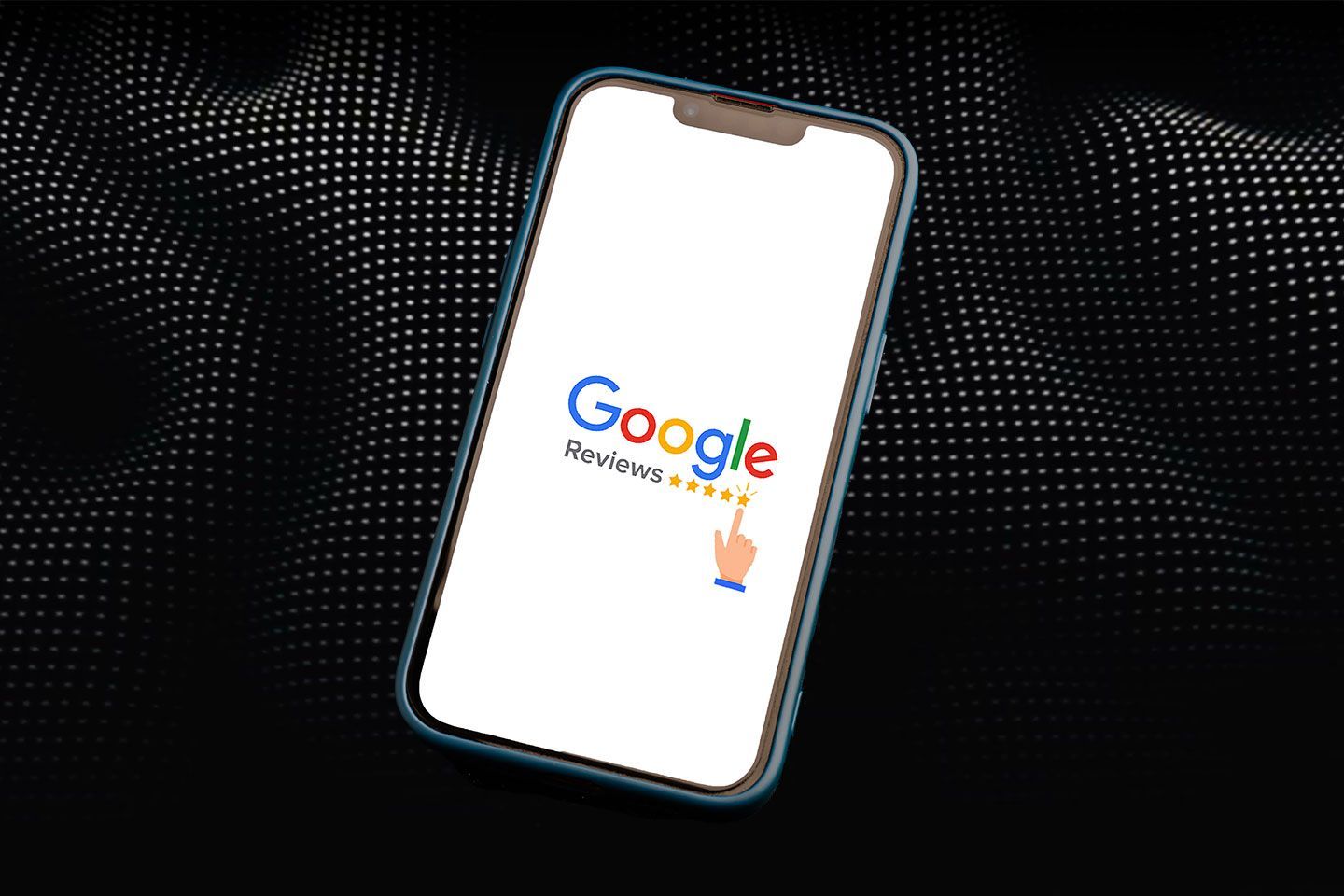The Grandma test
In any new industry, it’s natural to want to stand out by creating catchy buzzwords. Terms like “gig economy,” “remote work,” and “open talent” can feel fresh and exciting. But here’s the thing—do these buzzwords sometimes end up confusing your audience? Could they actually push away your customers, talented employees, or even the wider public by making things harder to understand?
Let’s be honest: finding the perfect words to describe the future of work can be quite a challenge!

What is the Grandma Test?
The Grandma Test is a simple way to check if you’re explaining something clearly enough for anyone to understand—no matter how unfamiliar they are with your field or expertise. Imagine you’re describing your job, product, or industry to your grandma or someone who knows nothing about it. If they can follow along without confusion or questions, you’ve passed the test. If not, it’s time to simplify your explanation until it’s crystal clear.
Why Should You Use the Grandma Test?
Using the Grandma Test ensures that your message, product, or idea is understandable to just about anyone, not just those with industry knowledge. By stripping away technical jargon and complexity, you communicate with greater clarity. This makes it easier to attract a wider audience, improve customer satisfaction, and build trust. In the end, if you can explain what you do in simple terms, you’ll connect better with clients, investors, or team members—even if they’re worlds apart from your professional sphere.
How to Apply the Grandma Test:
- Pick Someone Outside Your Field:
Choose a person who has little to no understanding of what you do (like your grandma, a neighbor, or a friend in a totally different line of work). - Explain Your Work Simply:
Describe what you do in everyday language. Avoid using industry terms or complicated words. - Watch Their Reaction:
Notice if they look confused, ask lots of questions, or seem lost. If they don’t seem to understand, it’s a sign you need to simplify more. - Adjust If Needed:
Break it down step-by-step and compare it to familiar, everyday things if necessary. Keep refining your explanation until it’s clear and easy to follow. - Check for Understanding:
Ask them to explain it back to you in their own words. If they can do this easily, you’ve passed the Grandma Test. If not, keep simplifying until they can.
The Benefits of Jargon—When Used Carefully
However, this doesn’t mean that all jargon is negative. It can actually be helpful. Those buzzworthy terms often capture ideas or nuances that are tricky to explain otherwise. “Jargon typically provides a very useful set of precise terms within the field that understands it,
Finding the Balance
if you’re in a jargon-heavy field, you need to strike a balance.
A Practical Solution: Create a Glossary
One smart move is to create a shared glossary of terms for your team. Write them down, agree on clear definitions, and make the list easy for everyone to access—whether it’s a shared Google Doc or something posted on the office wall. Then, take it a step further: ask yourself if these terms would make sense to clients, potential hires, or even a journalist writing about your company. And yes, don’t forget grandma. If the answer is no, maybe it’s time to refine or simplify those words for external use.
Clear Communication Connects People
Jargon has its place, especially within your team or industry, but the key is knowing your audience. By keeping your language clear and approachable, you’ll ensure your message connects with the people who matter most.











